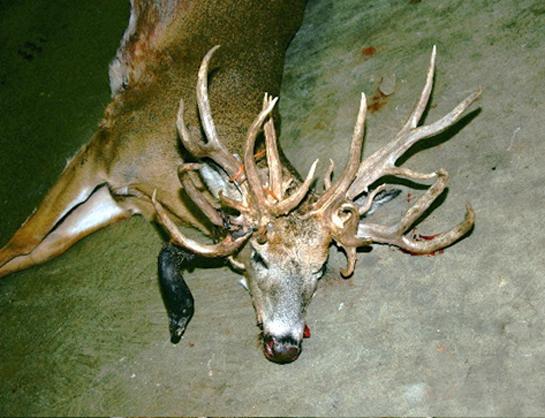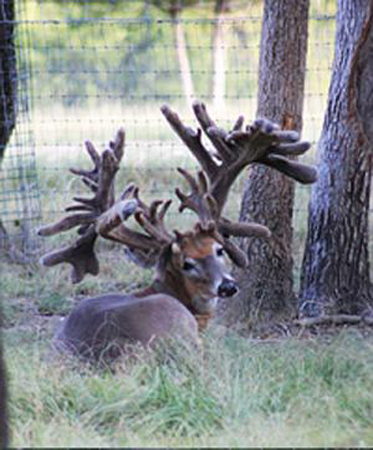




Michael Rothman killed this gnarly 34-point cactus buck last season in Kentucky. We take a closer look at this deer and just how freak-rack bucks develop.







Michael Rothman killed this gnarly 34-point cactus buck last season in Kentucky. We take a closer look at this deer and just how freak-rack bucks develop.